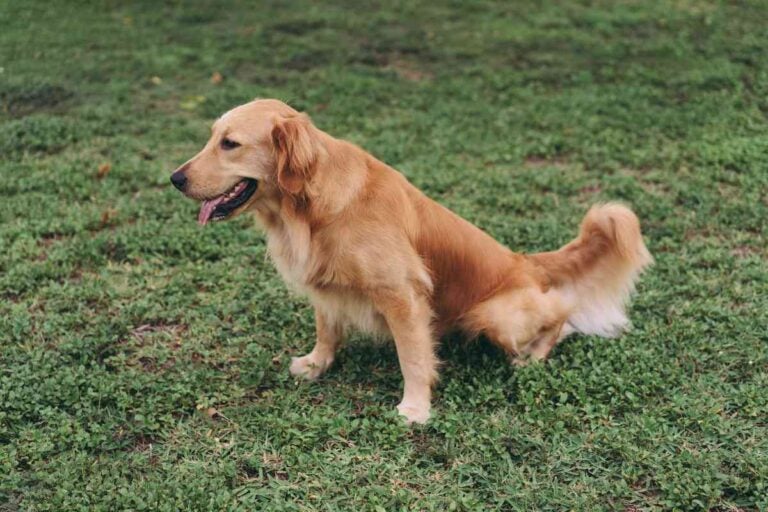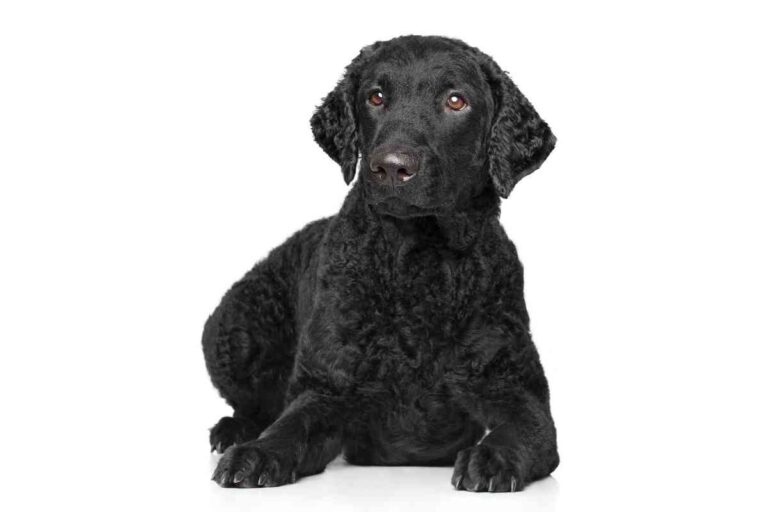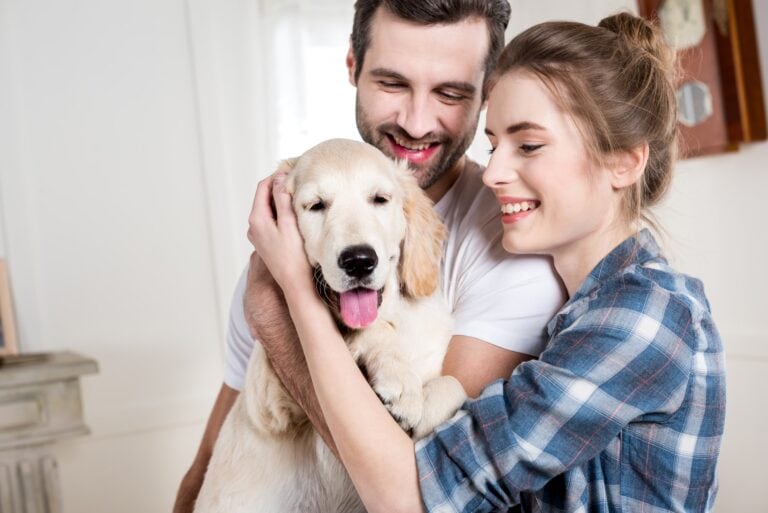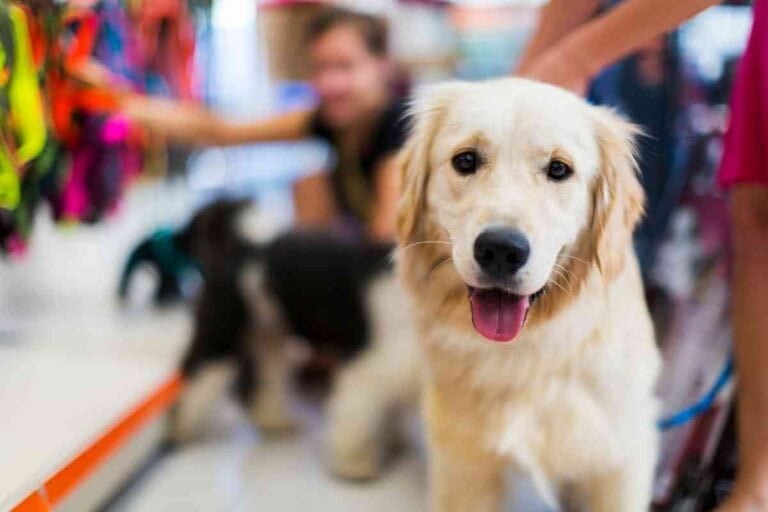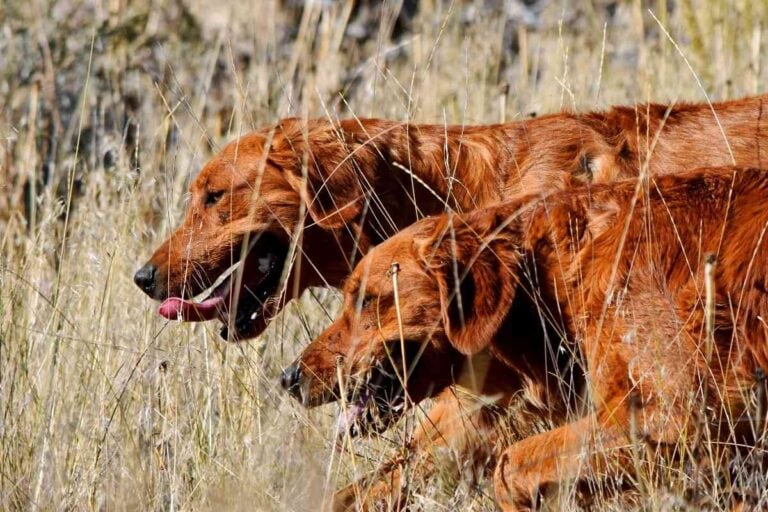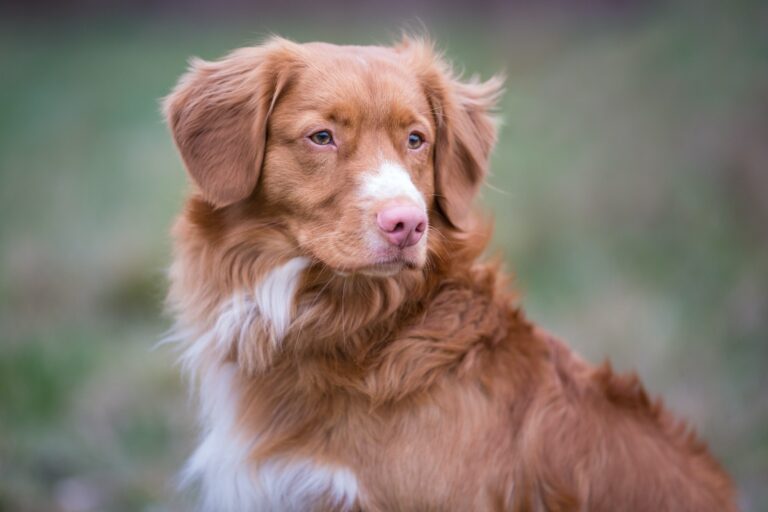Do Curly Coat Retrievers Shed A Lot?
I am interested in adopting a retriever, but I want one with a curly coat because they look adorable. I am curious to know what their fur coat does regarding shedding and other questions about grooming and caring for their fur coat.
Interested in learning more, I decided to investigate. I hope what I have uncovered will benefit others who are interested in this topic.
Do Curly Coat Retrievers Shed A Lot?
No, Curly Coat Retrievers don’t generally shed a lot, they are average shedders like many other dogs breed, but this will depend mainly on the individual dog. Curly Coat Retrievers will shed more during the two common seasons of Spring and Fall-like other dog breeds, but they shouldn’t shed any more than other dogs beyond their fur.
Grooming is a most critical step in preventing the overabundance of shedding fur all over the house, furniture, and people’s clothes. This grooming for a Curly Coat Retriever or another dog should begin as early in life as possible, preferably in puppyhood.
Healthy grooming habits are not directly linked to how much any dog will shed, but they can create a routine that allows the pet parents to manage the fur that the dog sheds, so it doesn’t end up all over the place. Pet parents can do many things besides having a grooming routine that will reduce the amount of fur they have to deal with regardless of breed.
These include offering a healthy diet, providing ample exercise, and a home environment that is not too stressful while ensuring that the Curly Coat Retriever is as healthy as possible by taking them to regular veterinary visits and managing health issues.
While the Curly Coat Retriever doesn’t shed as much as some other dogs, they are not hypoallergenic. For those who suffer from allergies, it is best to consult their doctor before adopting a dog that is not hypoallergenic to make sure it is safe to do. Being prepared for shedding, whether seasonal or year-round, can help pet parents deal with the added cleaning and grooming care that comes with the territory of owning a dog with fur.
Curly Coat Retrievers are a dog breed that was bred for hunting. In our modern world, they are often found competing in sporting field trails and assistance dogs that help with sniffing out drugs and as rescue or therapy dogs.
Many people may hope that this breed is non or low shedding with a unique and cute-looking coat of fur and how adorable they appear. Unfortunately, that is not the case, as they do shed and are not hypoallergenic. Their shedding habits are the same as many other dog breeds. They shed but not heavily during regular seasons, and when the Spring or Fall comes along, they will shed more of their fur in preparation for the seasonal changes which are to come.
Despite their shedding habits, they are fairly easy to groom, making the pet parents’ life a lot easier regarding their maintenance and care. They don’t require lengthy brushing sessions or even constant bathing unless they happen to get extremely dirty.
When it comes to shedding fur, implementing a grooming routine as early in life as possible is highly important. This helps the dog accept what will be a part of their life for many years to come. Therefore the sooner it is started, the better.
Grooming during the puppy phase can seem pointless because they have trouble sitting still and getting curious or bored and may not cooperate. Regardless of this, these sessions teach them and strengthen the bond of trust between pet parents and Curly Coat Retrievers.
Besides grooming, focusing on diet, exercise, sleep and having a healthy home environment while ensuring they have regular veterinary visits can go a long way to reducing any unnecessary shedding that a Curly Coat Retriever or another dog might do.
Having good cleaning habits around the house can also reduce the amount of fur that one finds on clothing and furnishings.
Since this breed doesn’t shed is as much as some other dogs, some people might believe them to be hypoallergenic. This, however, is not the case, and for those pet parents or families that have someone who is allergic to dogs or suffers from other allergies, it must be known. These individuals should consult their doctor before adopting any dog, regardless of the label.
For the Curly Coat Retriever or any dog breed, pet parents should be prepared for the seasons where dogs notoriously shed more, Spring and Fall. Before and during these seasons, setting aside extra time for grooming and house cleaning can go a long way towards keeping everything fur-free. Spending more time outdoors can also be beneficial, especially during grooming sessions.
How often should I brush and groom my Curly Coat Retriever?
This breed should only be brushed as needed. If their fur looks ratty or likes it is dirty or oily, it may be time for brushing. Other than that, they should be brushed monthly or every other month. This, of course, depends mainly on the individual dog and their lifestyle.
The Curly Coat Retriever has a unique coat of fur. If they are brushed or groomed too often, they can end up with frizzy hair just like humans can. For this reason, they don’t need to be brushed as often as some other dogs.
When they are brushed, it is essential to use a slicker brush or metal comb. Once this is done, they can be bathed after their fur coat maintains their notorious curly appearance.
When bathing, first brush, then wet them down, leaving the head area for last, then lather up with a gentle dog shampoo that one can find in various pet stores and online. Rinse out the shampoo, taking extra care around the face area, and then towel dry.
This breed has a very particular fur coat, so those who want to maintain their appearance should not dry them with a hairdryer, favoring air drying in a warm environment.
Brushing and bathing reduce the amount of fur a pet parent will find everywhere when done correctly.
What tools should I have on hand to keep my house clean and fur-free?
The tools that a pet parent should have in their house to keep it clean and fur-free include having a good quality vacuum that is designed expressly for pet owners. Beyond that, there are no specific tools that will reduce the amount of fur a pet parent finds around their home and on their person.
Good grooming habits and a good quality vacuum designed for pet owners can reduce the amount of fur to virtually almost nothing when done often enough.
What should be the focus is how often cleaning is done. Regular vacuuming can go a long way to reducing the amount of fur one sees around one house. It also reduces the strain on the vacuum, which can cause it to wear out more accessible.
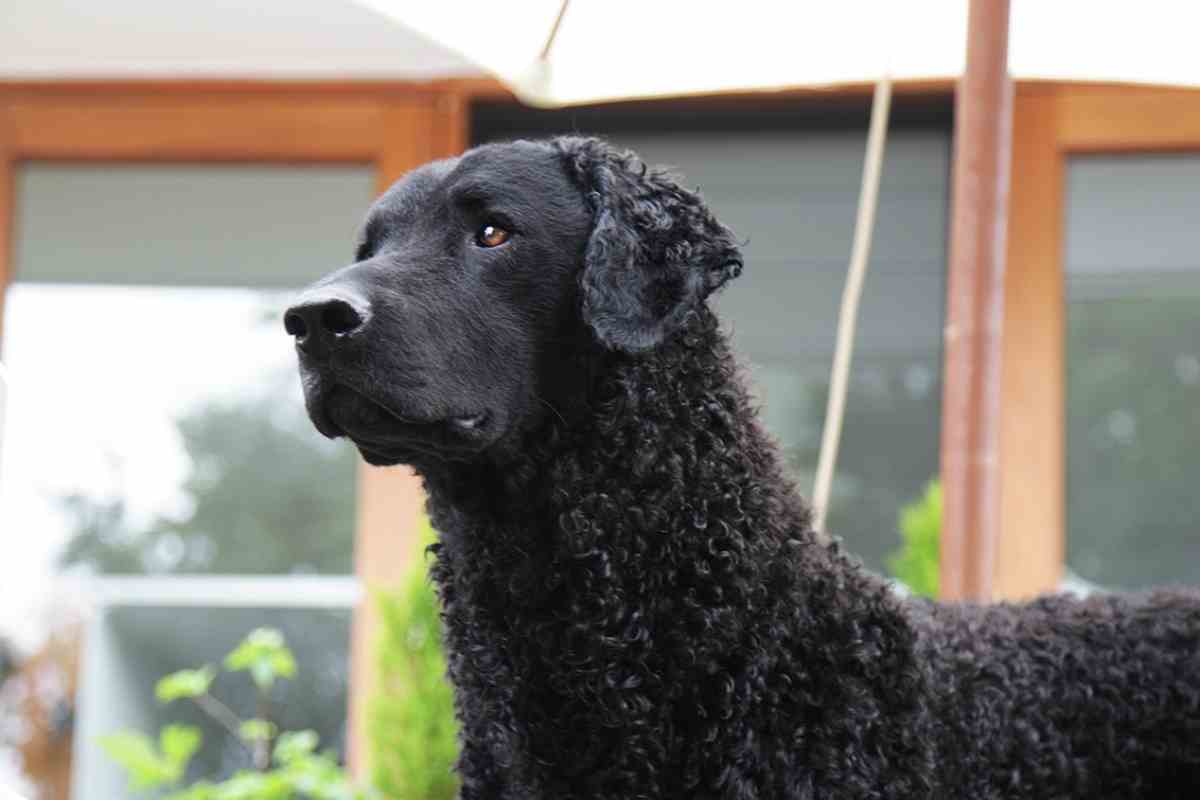
It may seem tedious and difficult to fit such cleaning steps into a daily routine, but in the long run, it can save time. Rather than clean for hours on the weekend and tire out, doing little bits every day to maintain a clean household environment can provide more time to spend enjoying life with your dog.
What type of diet should my Curly Coat Retriever eat to minimize excess shedding?
The Curly Coat Retriever should have a healthy, nutrient-dense diet. Their diet should be addressed with their veterinarian as they know them best. Aside from that, there are supplements that dogs can be given to promote a healthy coat of fur.
This may not reduce shedding, but it keeps them and their coat of fur healthy and shiny. Beyond shedding their coat of fur, their health is more important than anything else.
Supplements can include fish and other oils like olive oil that promote good health, including the area of their fur coat.
Addressing health issues should equally be important as underlying health conditions can cause any dog’s fur coat to shed more frequently. Health issues can easily go undetected. This is why regular veterinary visits are so important.
If they are seeing their veterinarian regularly, this should not be an issue.
In Conclusion
While all dogs shed, some are notorious shedders. The Curly Coat Retriever is not one of those breeds.
They are not hypoallergenic, but the amount of fur they shed is minimal compared to some other dogs. Shedding for them can increase seasonally in Spring and Fall, and pet parents can benefit from having a plan of action and a good quality vacuum.
Beyond that, remembering why you adopted a pet in the first place can go a long way to minimizing all-around stress when it comes to dealing with shedding fur. If we love our dog, we take them fur and all, no matter how much fur that means at the end of the day!

